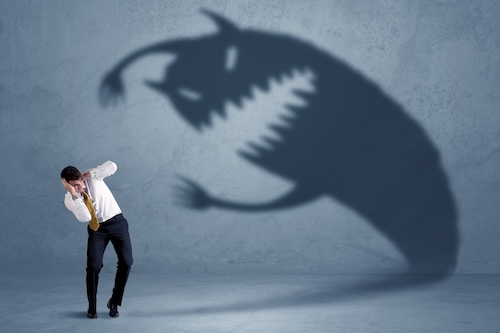In the grand scheme of the economic world, the stock market holds significant importance. This integral financial sector experiences a variety of transitions, some mild and others downright terrifying. A true ‘Halloween Scare’ in the stock market unfolded in recent times as the doom-filled October month cast a ghoulish shadow on the financial markets, leaving investors quaking in their boots.
Firstly, to understand this eerie spectacle, we must delve into the core reason behind the October fright. The performances of financial markets often mirror the socio-economic circumstances prevailing in the country. In October, fear gripped investors due to uncertainties steaming from election periods, pandemics, tendentious trade talks, geo-political uncertainties, and fiscal and monetary policies.
The October effect, as it’s known in the investing world, is a psychological phenomenon wherein investors, spooked by historical stock market crashes in the same month, perpetuate a sell-off trend, further depressing the market. This year, that anxiety seemed amplified. The fears of a contested and unresolved presidential election alongside a resurgence in COVID-19 cases sent a chill down the market’s spine.
Major global indexes grappled with losses as stocks tumbled, driven by sectors such as technology and energy. Tech behemoths like Apple and Amazon, which had shown strong resilience throughout the year, found themselves caught in the sinister web, signaling the potential breadth of the scare. In addition, major oil companies faced a nightmarish decline owing to the fear of further pandemic instigated lockdowns dragging down future demand.
Although central banks tried their best to soothe market fears with monetary easing measures, low interests, and bond-buying programs, the aura of the Halloween scare seemed too formidable to toss aside. The fiscal stimulus measures too lacked the charm to lift the spell, causing major economic indicators like employment and manufacturing to shudder under its aftermath.
The implications of this ‘Halloween scare’ cannot be undermined. Besides its immediate and apparent impact on investors, its long-term effects can ripple across the entire economy. The investors, already timid due to an overarching sense of market volatility, could potentially hesitate in making bold investment steps. Consequently, this may lead to sluggish market growth, and as a chain reaction, economic growth may waver.
Moreover, the fall in share prices can irk shareholders, inducing them to pressure companies to cut costs to preserve earnings. This pressure can lead to job losses and affect the overall job market. On a larger scale, declining share prices can hamper corporate investments, obstructing the flow of capital that drives economic expansion.
However, despite the doom and gloom, experienced investors understand that such turbulences offer disguised opportunities. Besides attractive valuations for financially strong companies, periods like these provide a chance to reassess their portfolio and redirect investments strategically.
It is essential to note that these Halloween scares, while unsettling, are temporary, and the stock market is no stranger to such fluctuations. The resilience of the market and its ability to rebound is well-documented. Therefore, even though the stock market ends October on a wicked tone, it is anticipated to rise from the ashes like a phoenix, proving once again its dynamism and robustness.




